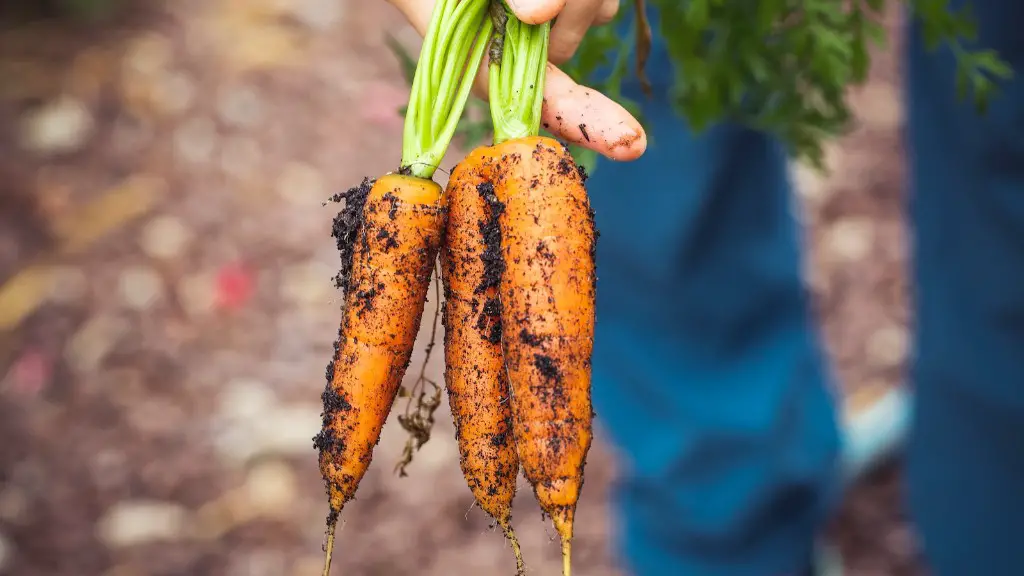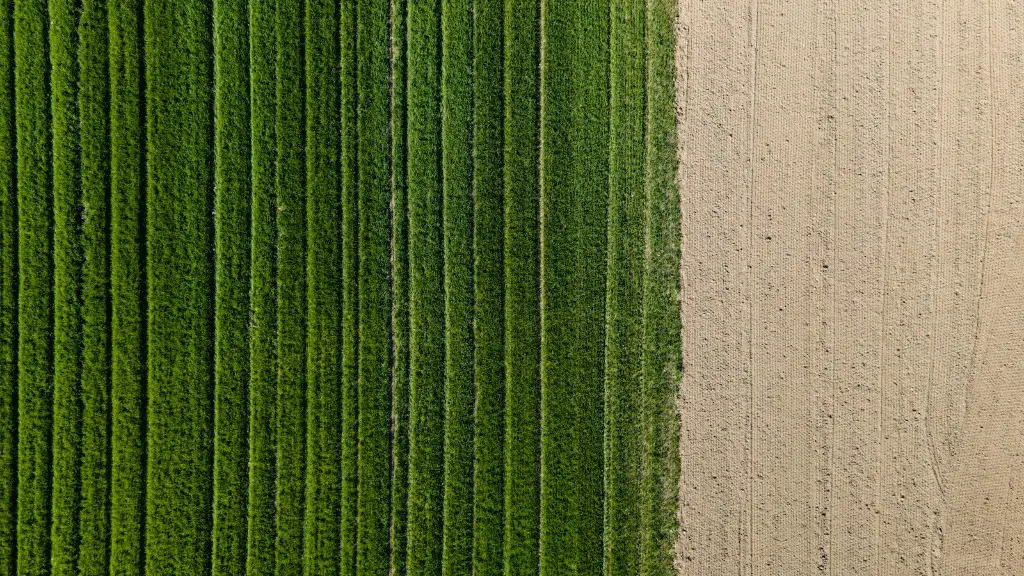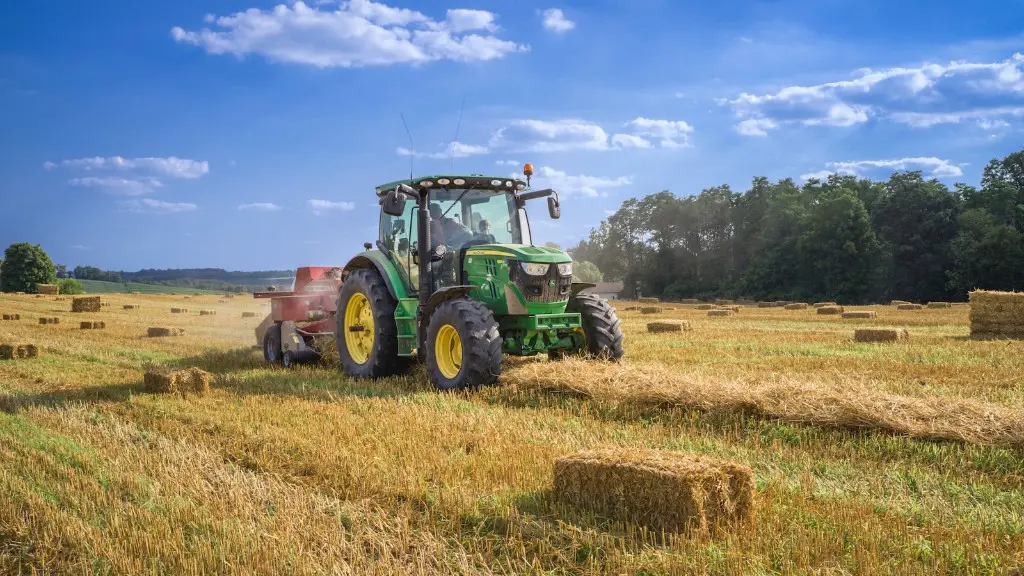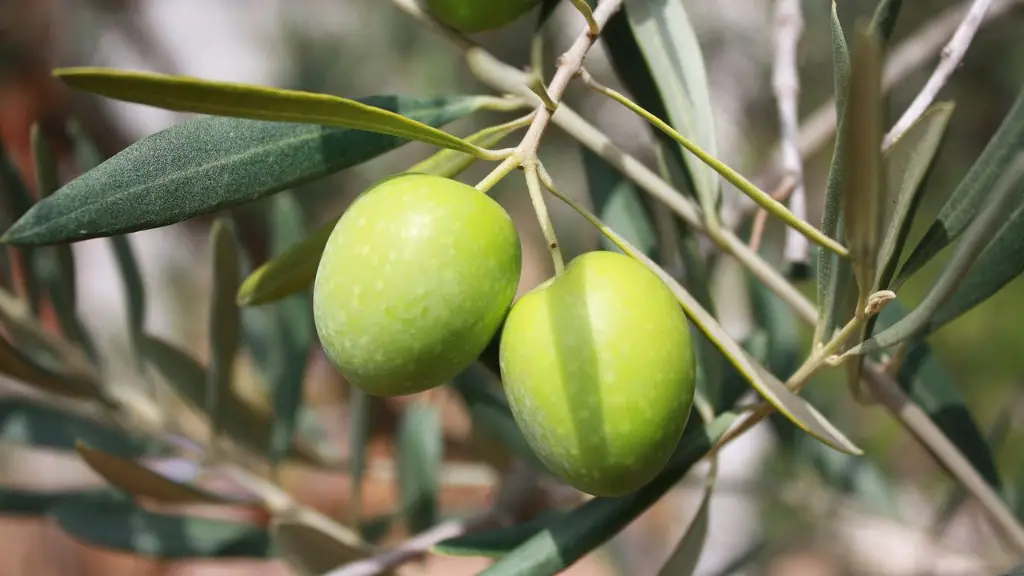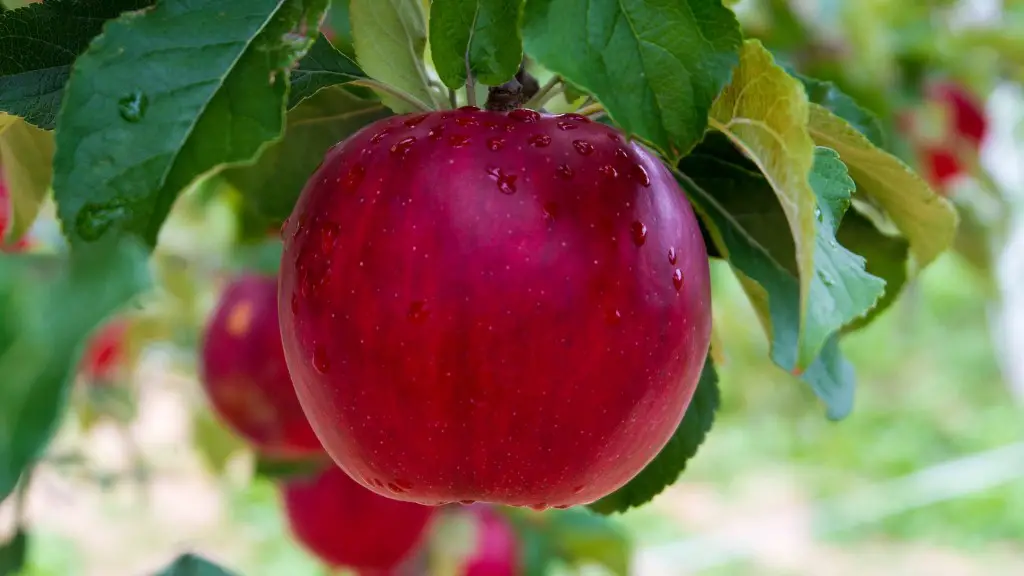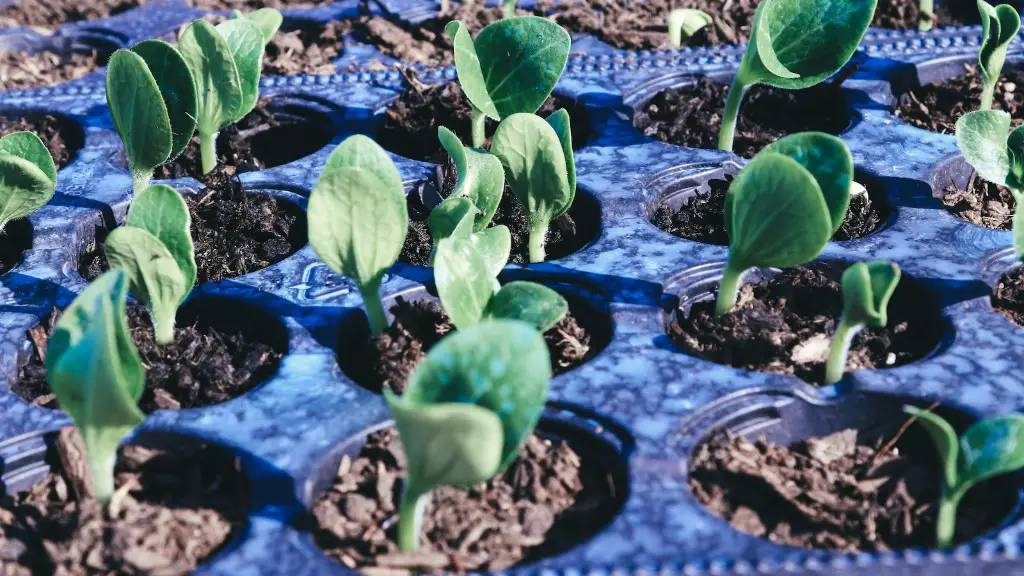The Nile River was the lifeline of Ancient Egypt and the key to the success of Egyptian agriculture. The river provided a source of water for irrigation, transportation, and fishing. The fertile soil deposited by the river allowed for the growth of crops such as wheat, barley, and flax. The regular flooding of the Nile also helped to keep the land fertile and prevented the formation of deserts.
Egyptian agriculture was largely dependent on the Nile for several reasons. First, the Nile provided a consistent and reliable source of water for irrigation. second, the Nile coincided with the timing of the agricultural growing season, making it a perfect time for irrigation. Lastly, the nutrient-rich soil deposited by the Nile every year made for extraordinarily fertile farmland.
Why did Egypt depend on the Nile river?
The Nile was an important part of Ancient Egyptian society. It was a source of food and resources, and was used for travel and transportation. The Nile was critical in the development of Ancient Egyptian civilization.
Emmer wheat and barley were the most important crops in ancient Egypt. They were grown to make bread and beer. Cereals were collected as taxes by officials on behalf of the pharaoh. Farmers also grew other crops such as lentils, broad beans, peas, watermelons and spices like coriander and cumin.
Why was the Nile river so important to farmers
The Nile River is the main source of irrigation for farms in Egypt. In ancient times, farmers dug canals from the river to their fields to help irrigate their crops. Farmers developed a tool called a shaduf to help bring water up from the river.
The floodwaters in the region are known to be full of nutrients and chemicals that are necessary for plant growth. When the waters recede, they leave behind a layer of dirt that is perfect for farming. Over time, the soil builds up around the area and makes it an ideal place to grow crops. The seasonal flooding creates highly fertile lands that allow farming in a mostly desert region.
How much of Egypt relies on the Nile?
The Nile is a vital source of water for the Egyptians, providing nearly all of the water they need to live. 95% of Egyptians live along the Nile or in its delta, making it an essential part of their lives. Without the Nile, Egypt would not be the same.
The Nile was a source of rich farmland for the Egyptians. The Nile River provided a surge of water and nutrients that turned the Nile Valley into productive farmland. This made it possible for Egyptian civilization to develop in the midst of a desert.
How did the Nile river help farmers grow crops?
The yearly flooding of the river is known as inundation. This year, the flooding occurred in October and left behind well-watered and fertile soil, known as silt. The silt came from the Ethiopian Highlands and was brought by the Nile.
Forage crops are an important part of the Egyptian agricultural landscape. They provide a vital source of food for livestock, as well as humans. The most widely grown forage crop in Egypt is berseem, which occupies an area of 12 million feddans. Other important forage crops include broad beans and soybeans.
What was crucial to Egypt’s agriculture
The Nile River was one of the most important factor in the development of ancient Egyptian civilization. It was used to develop irrigation systems which enabled the Egyptians to engage in agriculture and create a stable food supply for their civilization. The Nile also provided transportation for the Egyptians, allowing them to trade with other cultures and expand their influence. Additionally, the Nile helped to shape the Egyptian culture, as its annual floods deposited fertile soil that supported plant and animal life.
The Amratian culture was a predynastic culture in Egypt. It lasted from about 5500 to 3100 BCE. It is named after the site of el-Amra, near modern-day Luxor.
The Amratian culture was an early stage of the Ancient Egyptian civilization. It was characterized by its pottery, which was some of the finest in the world at that time. The Amratian people were also responsible for the construction of the first mudbrick houses in Egypt.
The Amratian culture is known for its beautiful pottery. Some of the most famous examples of Amratian pottery include the so-called “Black-topped Redware” and the “White Cross-lined Ware”.
The Amratian culture was eventually succeeded by the Gerzean culture.
What would happen to Egypt without the Nile?
The Nile provided the perfect opportunity for early Egyptians to establish a thriving civilization. The river’s consistent flow allowed for irrigation and allowed the Egyptians to adapt to the changing environment. Through agriculture, the Egyptians were able to establish a stable food supply and build a strong foundation for their civilization.
The Nile River was an important part of Ancient Egyptian life, providing them with trade routes, resources and a means of transportation. The papyrus plant, which grew on the banks of the Nile, was used to make small boats for fishing and short trips. The river was also believed to be a source of great spiritual power, and many of the Egyptian deities were associated with it.
How many people depend on the Nile as a water source
The Nile is the world’s longest river and it runs through 11 countries in Africa. The basin of the Nile covers about 3 million sq kms, which is nearly 10% of the continent’s landmass. Around 250 million people are reliant on the Nile’s waters in Ethiopia, Uganda, South Sudan, Sudan and Egypt. The Nile is an important source of water for agriculture, transportation and industry in these countries. The river also provides a source of income for many people who live along its banks through fishing and tourism.
The Nile River was important to early Egyptians for many reasons. The most obvious reason is that the Nile has incredibly fertile land, which was perfect for farming. Additionally, the Nile’s physical features provided protection for the Egyptians; because the Nile is so long and winding, it was difficult for enemies to attack. Lastly, the Egyptians took advantage of the region’s wind patterns to help them travel and trade. By sailing up and down the Nile, the Egyptians were able to easily access different parts of their kingdom.
How did ancient Egypt use the river Nile for food?
The Nile River provided the Ancient Egyptians with fertile land, which was essential for growing crops. The three most important crops grown in Egypt were wheat, flax, and papyrus. Wheat was the main staple food of the Egyptians and was used to make bread, which was a very important part of the Egyptian diet. Flax was used to make linen, which was used for clothing and other purposes. Papyrus was used to make paper and was used for writing and other purposes.
The Nile made farming easy for ancient Egyptians because it would flood the fields annually. The overflow of the Nile River would bring in silt deposits that fertilized crops grown along its banks and flowed gently enough.
What are some facts about Egyptian agriculture
The ancient Egyptians were very dependent on the Nile River for their survival. The river provided them with water for drinking, irrigation for crops, and transportation. The Egyptians grew a variety of crops, including wheat, barley, vegetables, figs, melons, pomegranates, and vines. They also grew flax, which was used to make linen. The most important crop, though, was grain. The ancient Egyptians used grain to make bread, porridge, and beer. Beer was a very important part of the Egyptians’ diet, as it was thought to be nutritious and helpful in preventing disease.
Egypt is a country located in the northeastern corner of Africa. The land in Egypt is very fertile due to the annual flooding of the Nile River. The most common crops grown in Egypt are cotton, rice, corn, potatoes, oranges, and wheat. Although areas at a distance from the Nile often are not able to be irrigated, land that does support crops produces high yields and is harvested two or three times in many years.
Warp Up
Egyptian agriculture was incredibly dependent on the Nile for a few reasons. One reason is that the Nile River provided a consistent and reliable source of water for irrigation. In a region that is mostly desert, this was critical for farmers. The Nile was also responsible for depositing rich, fertile soil on the banks of the river, which was perfect for growing crops. Finally, the Nile served as a highway for transporting goods and trade.
Egyptian agriculture was dependent on the Nile because the Nile provided a regular and reliable source of water for irrigation. The Nile also deposited rich, fertile soil on its banks which was ideal for agriculture. The annual floods also helped to replenish the soil and control pests and diseases.
